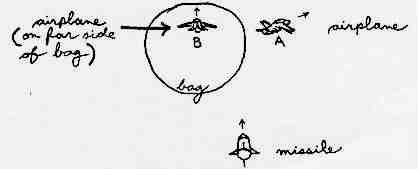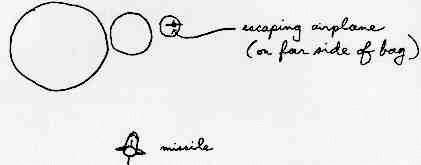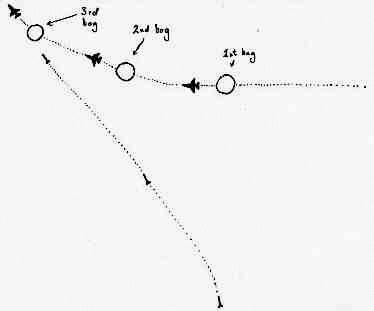
 Airbag letter to Israeli Defense Minister Moshe Dayan
26-Oct-1973
Airbag letter to Israeli Defense Minister Moshe Dayan
26-Oct-1973
| October 26, 1973 |

| Moshe Dayan October 26, 1973 |
2 |


| Moshe Dayan October 26, 1973 |
3 |
|
Yours truly, Lubomir S. Prytulak, Ph.D. Assistant Professor |
|
ew. cc: |
Yigal Allon, Haim Bar-Lev, David Elazar, Shmuel Gonen, Aharon Yariv |